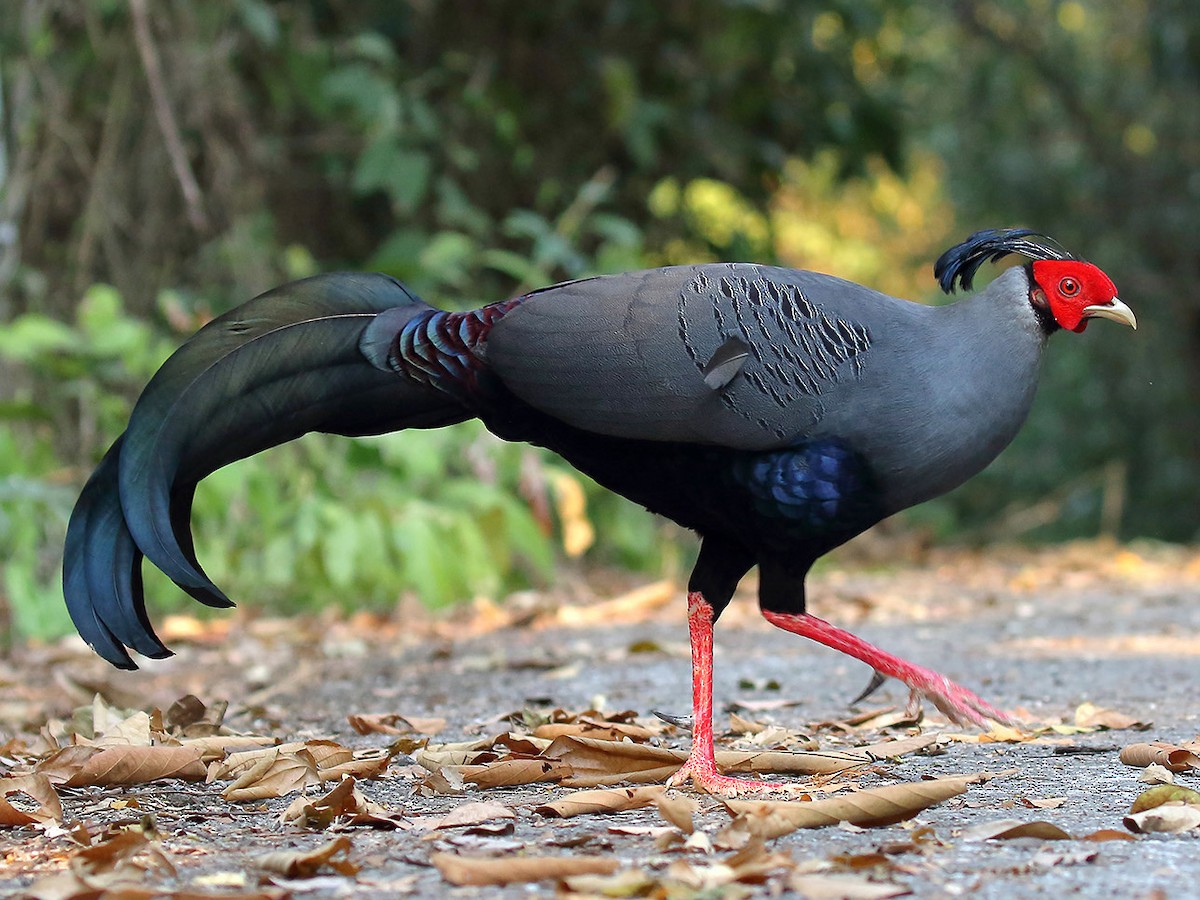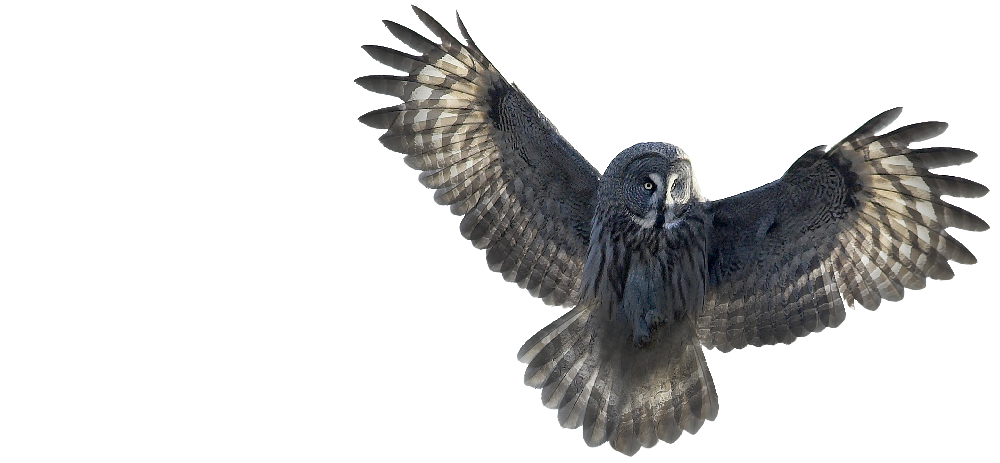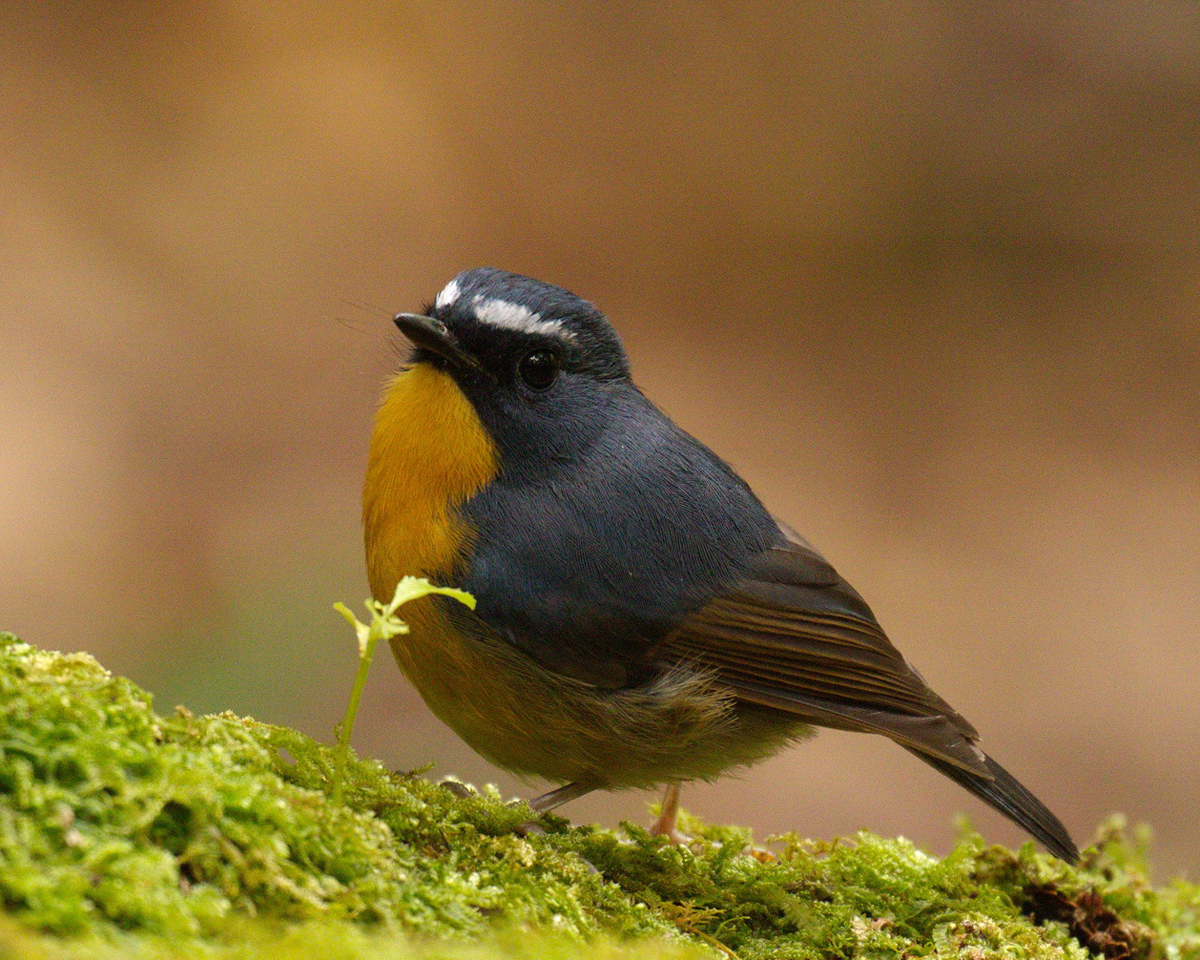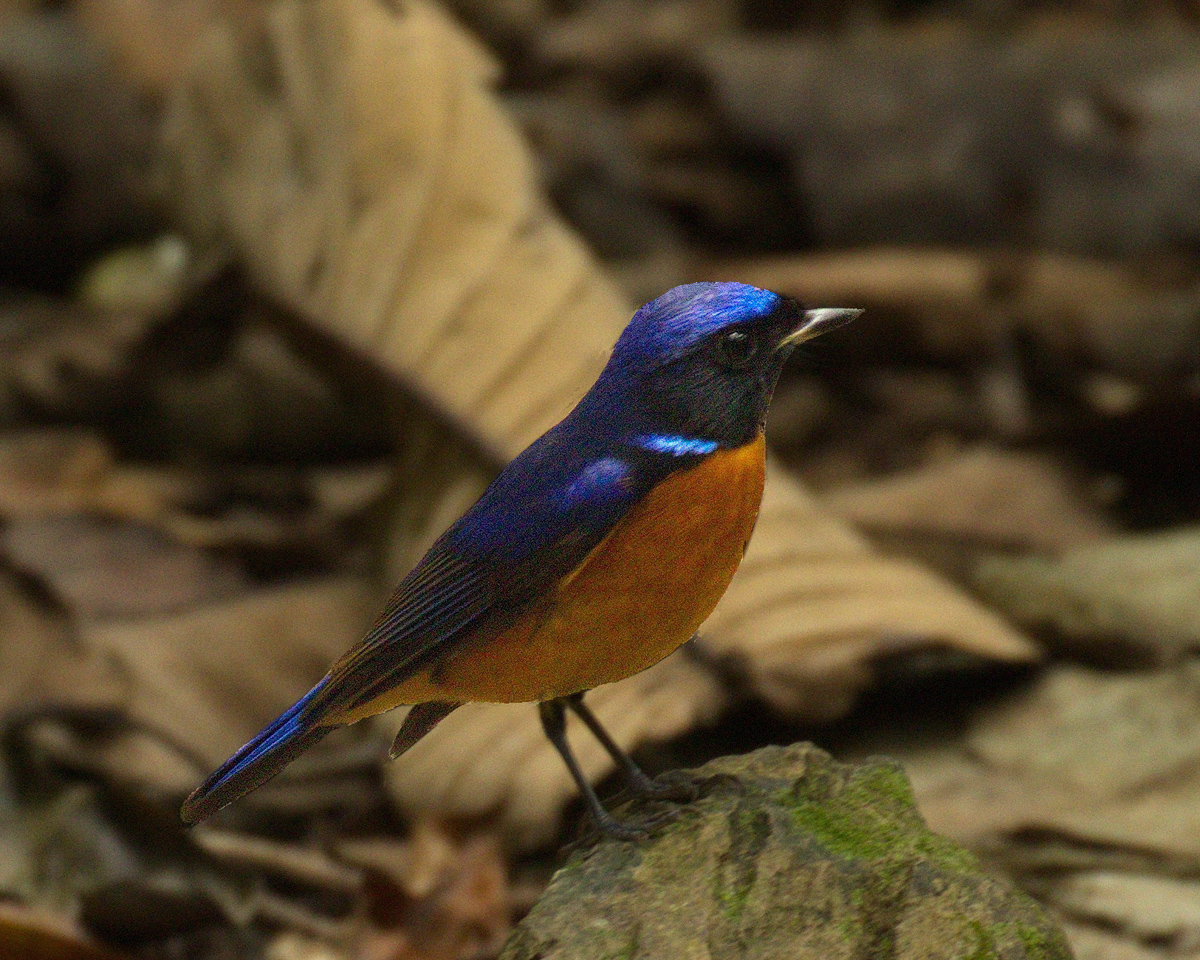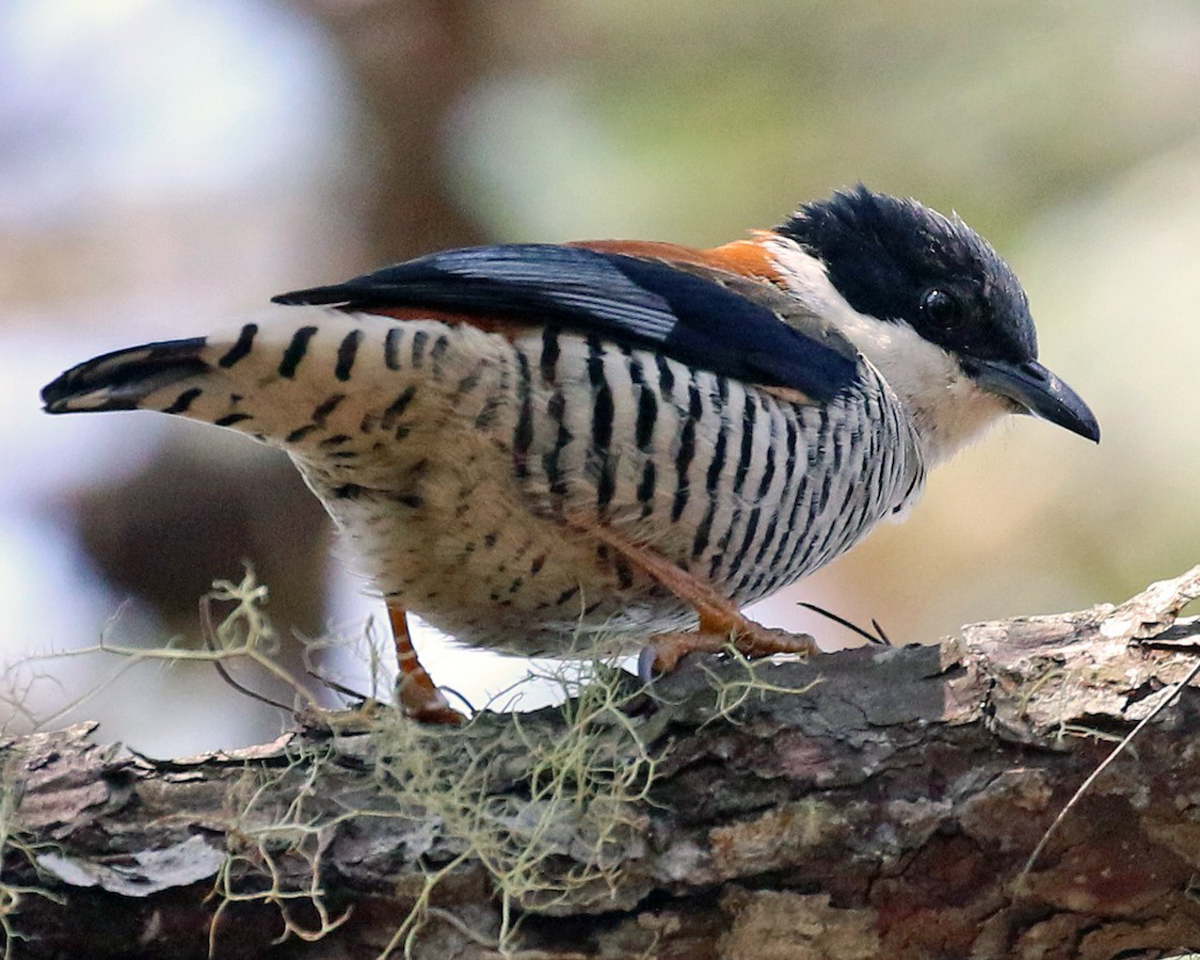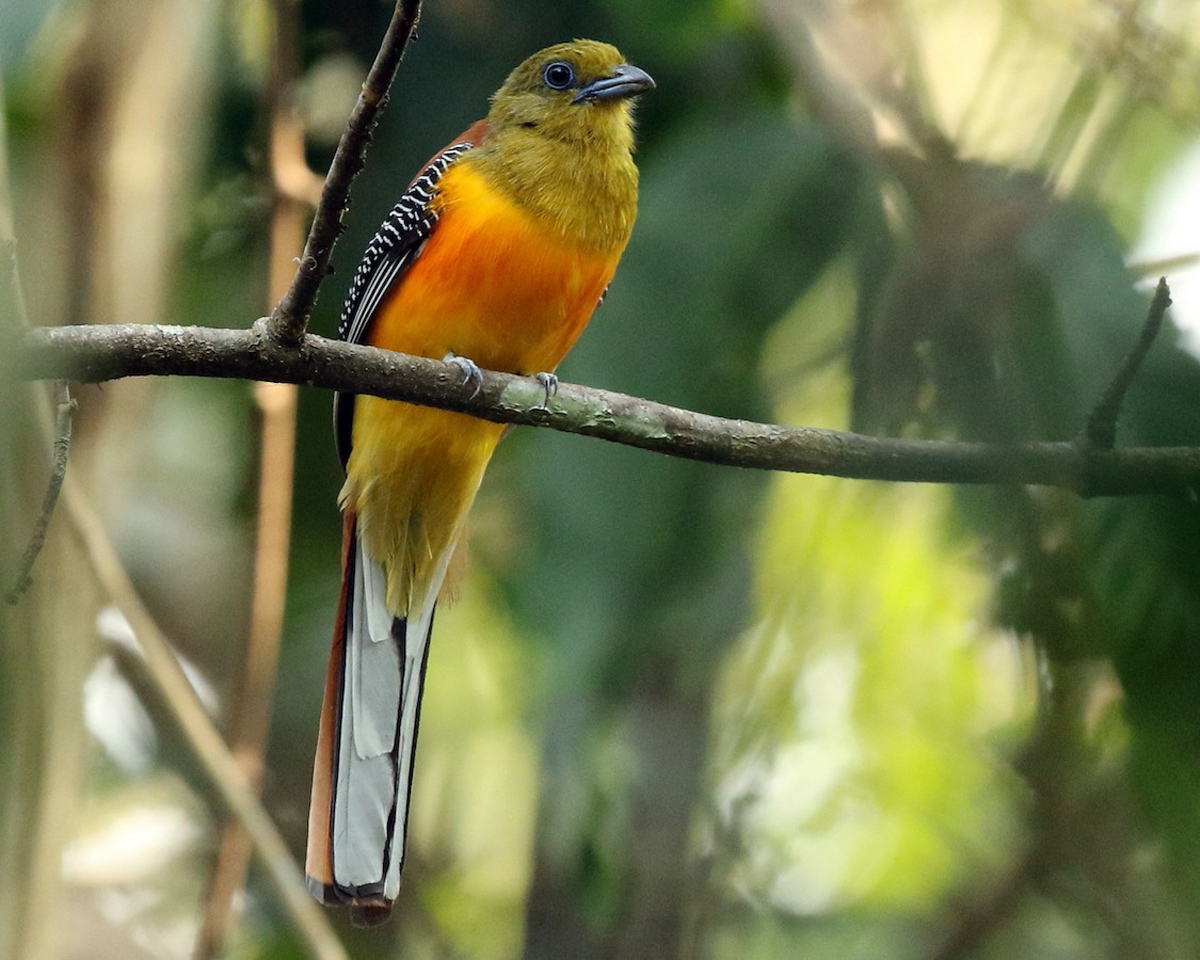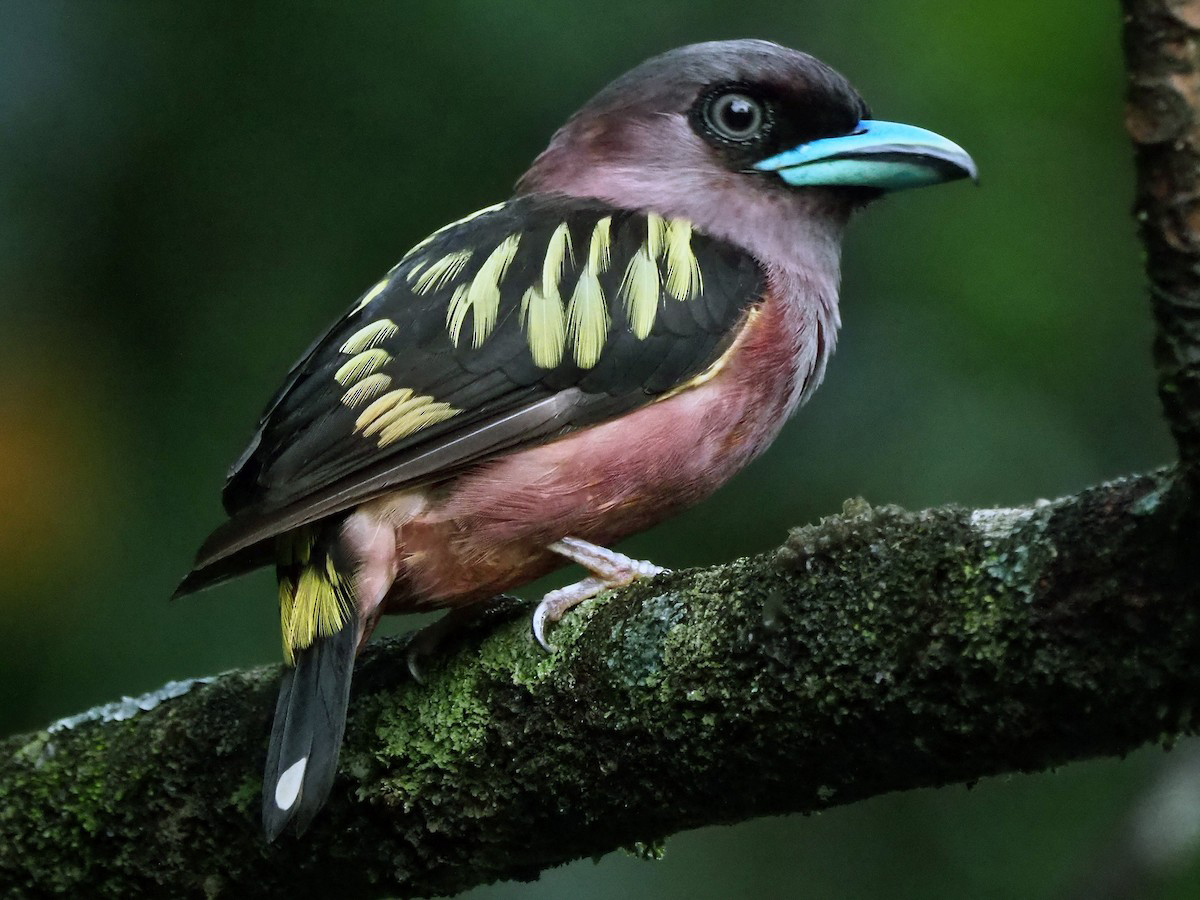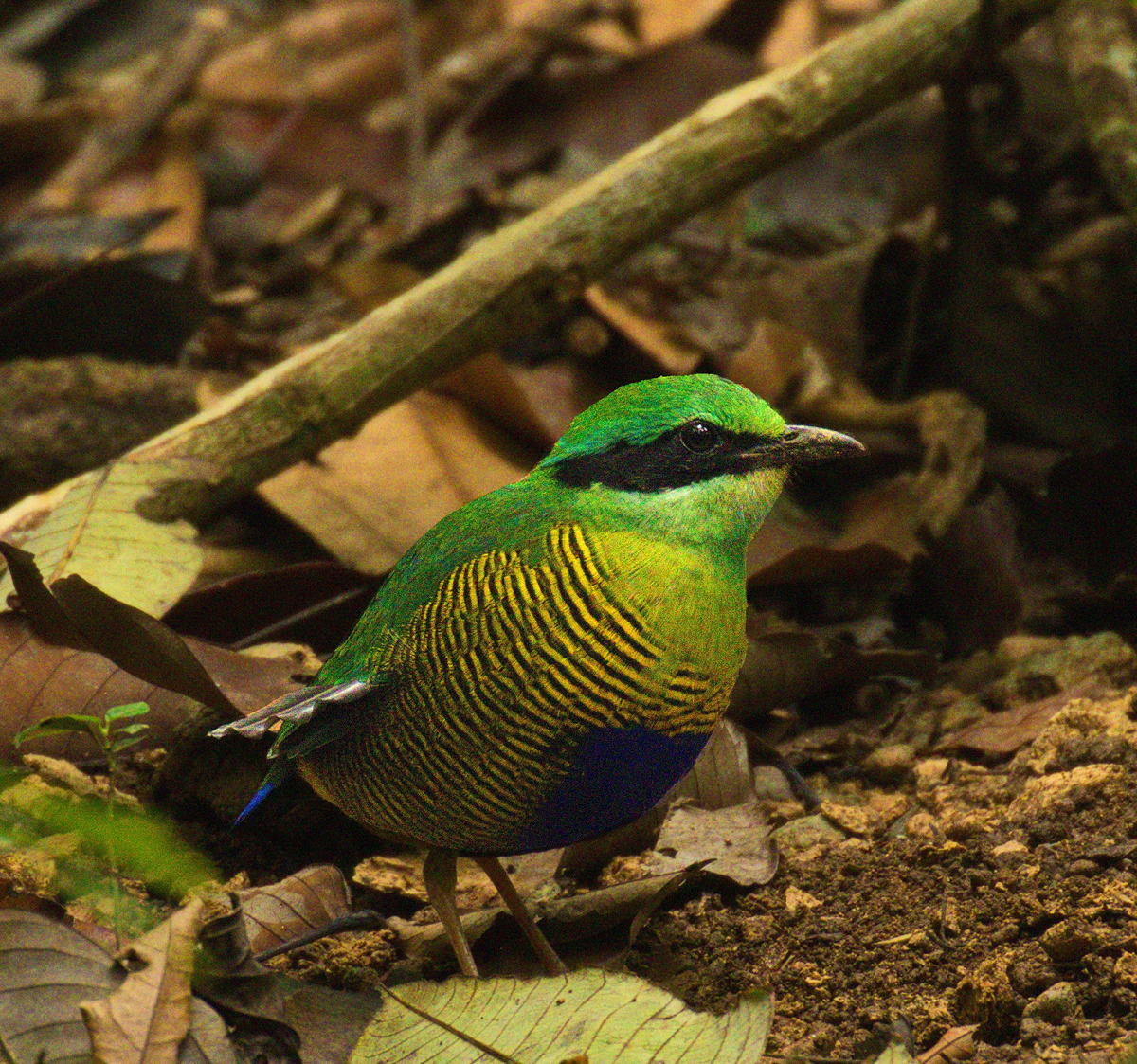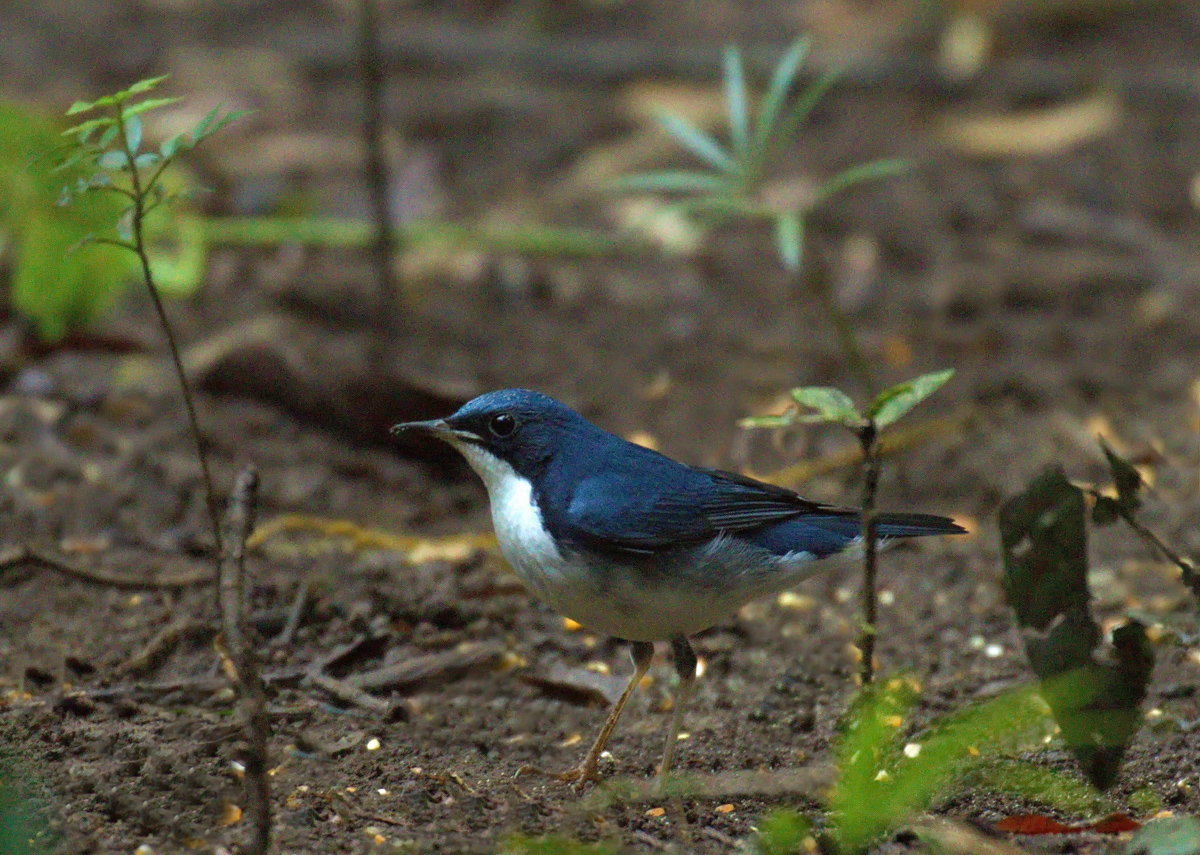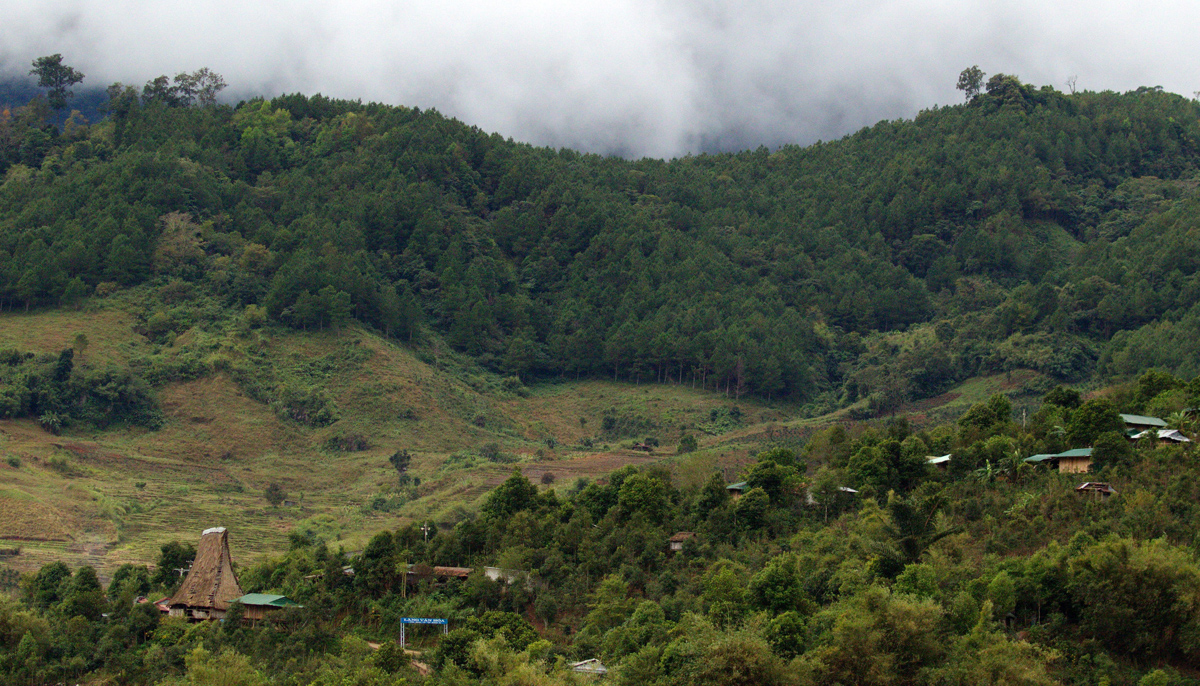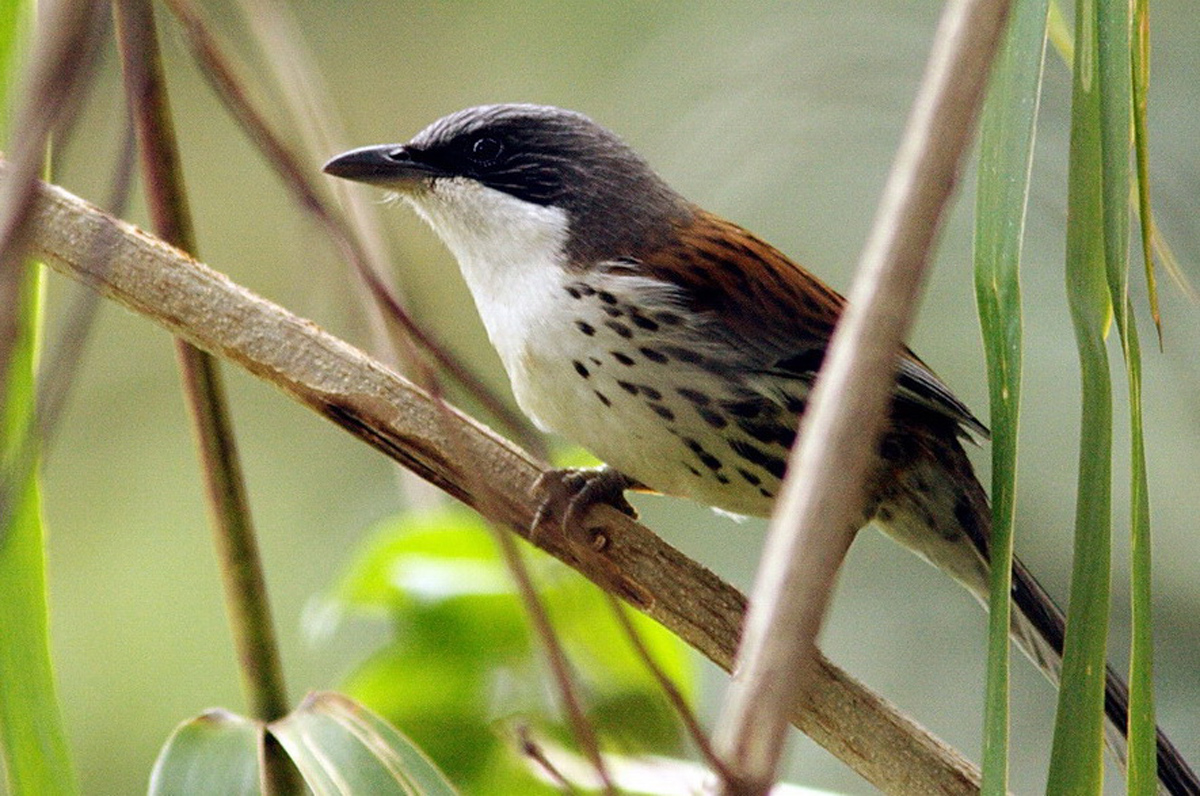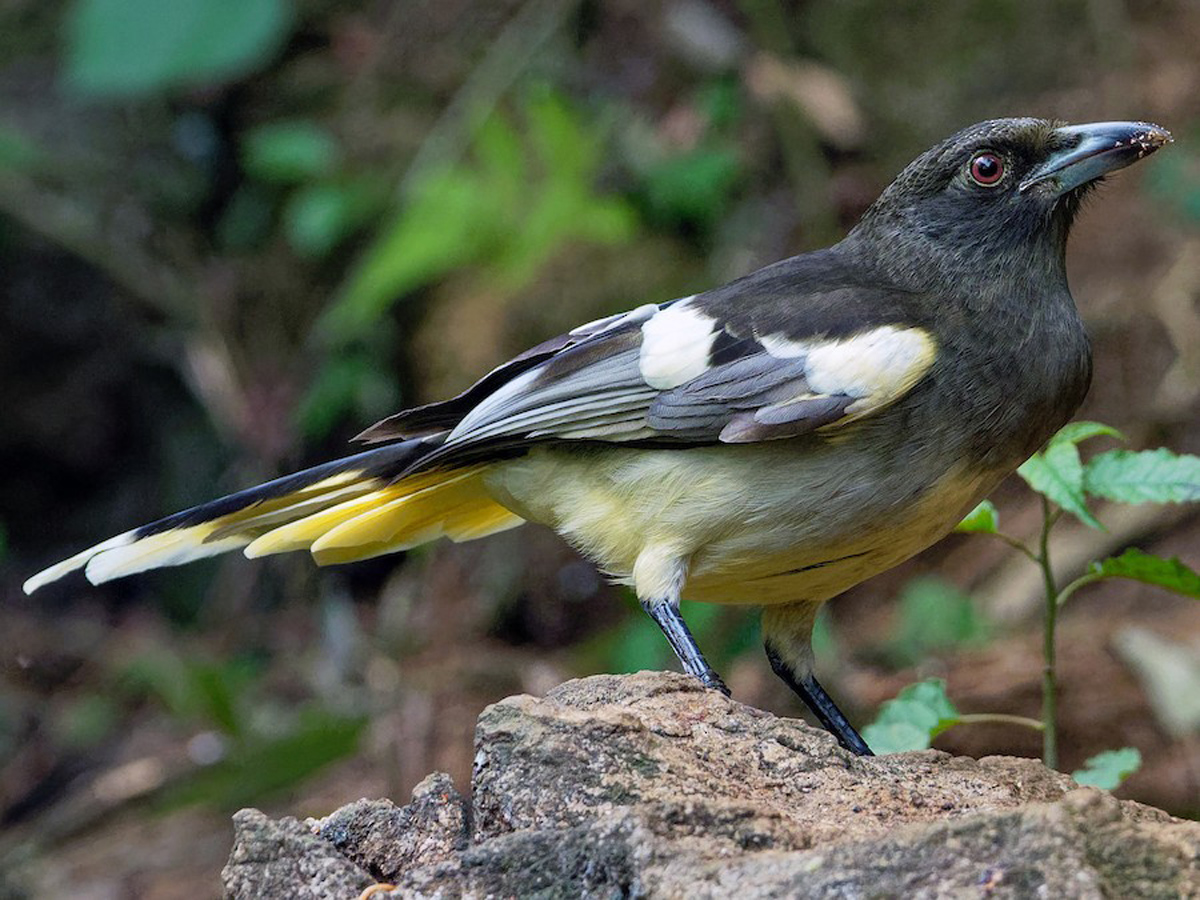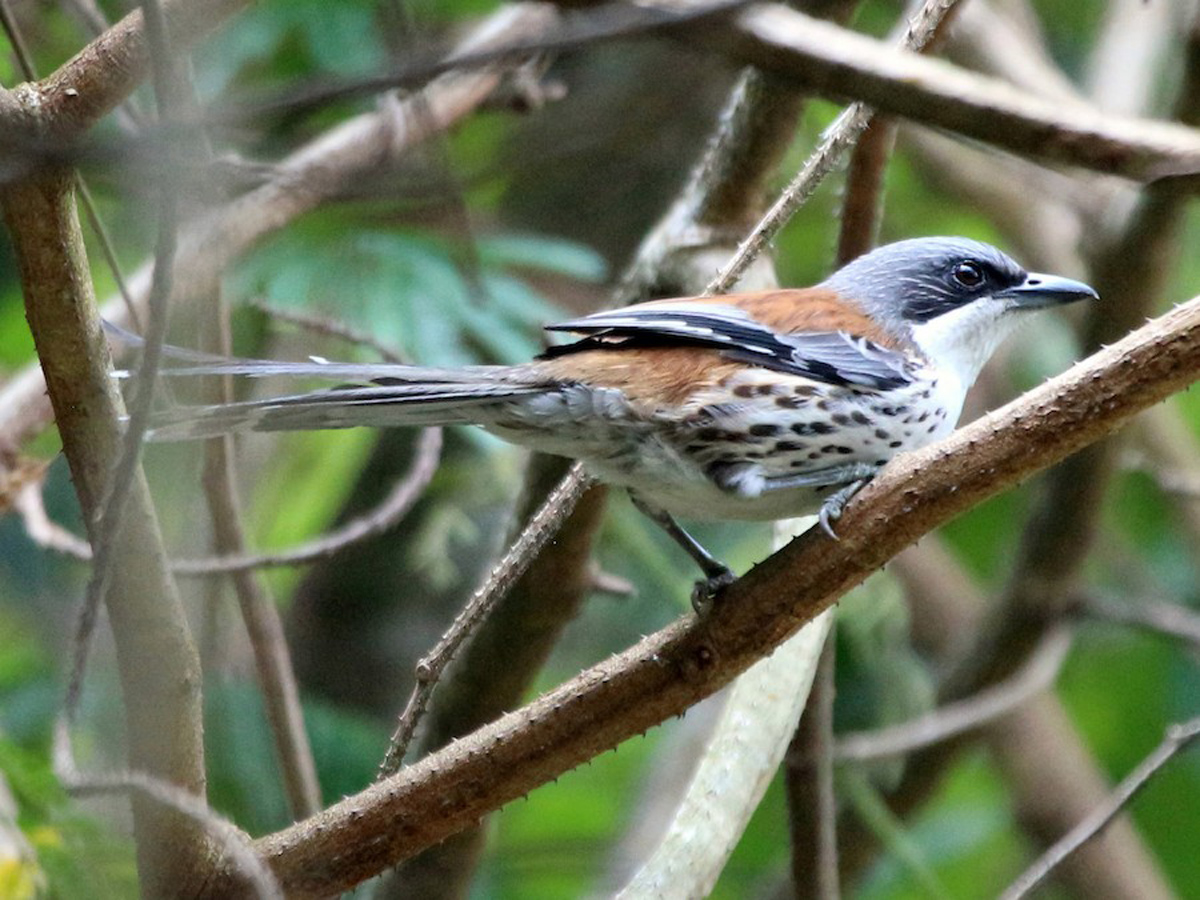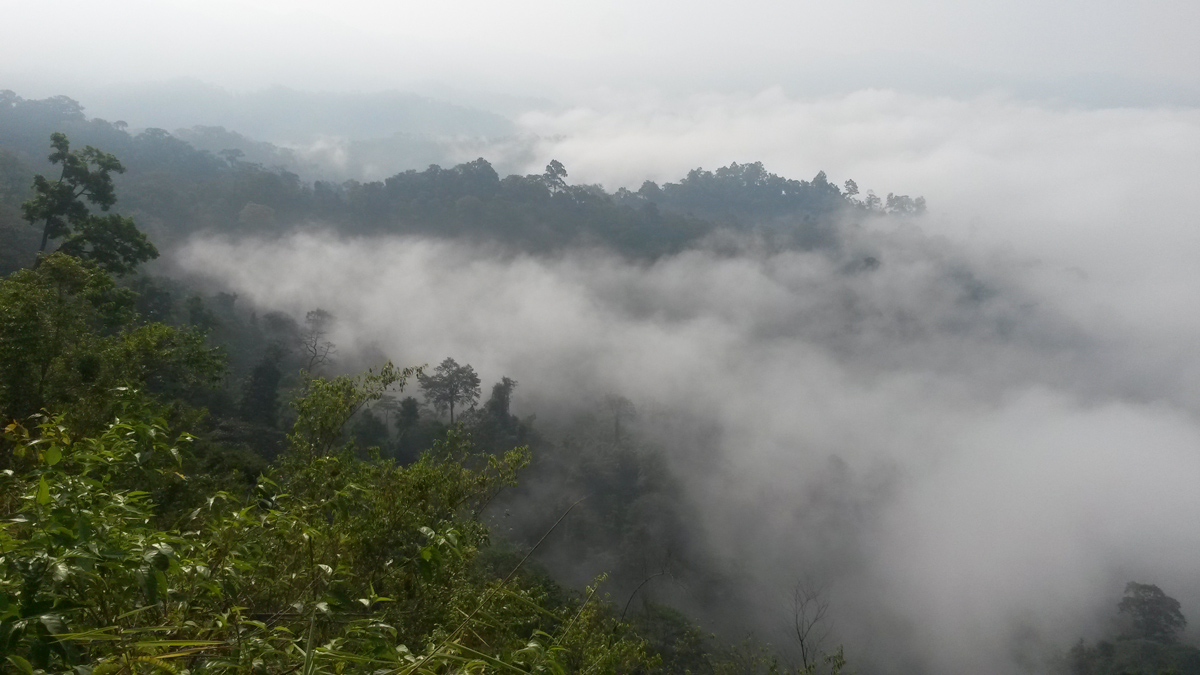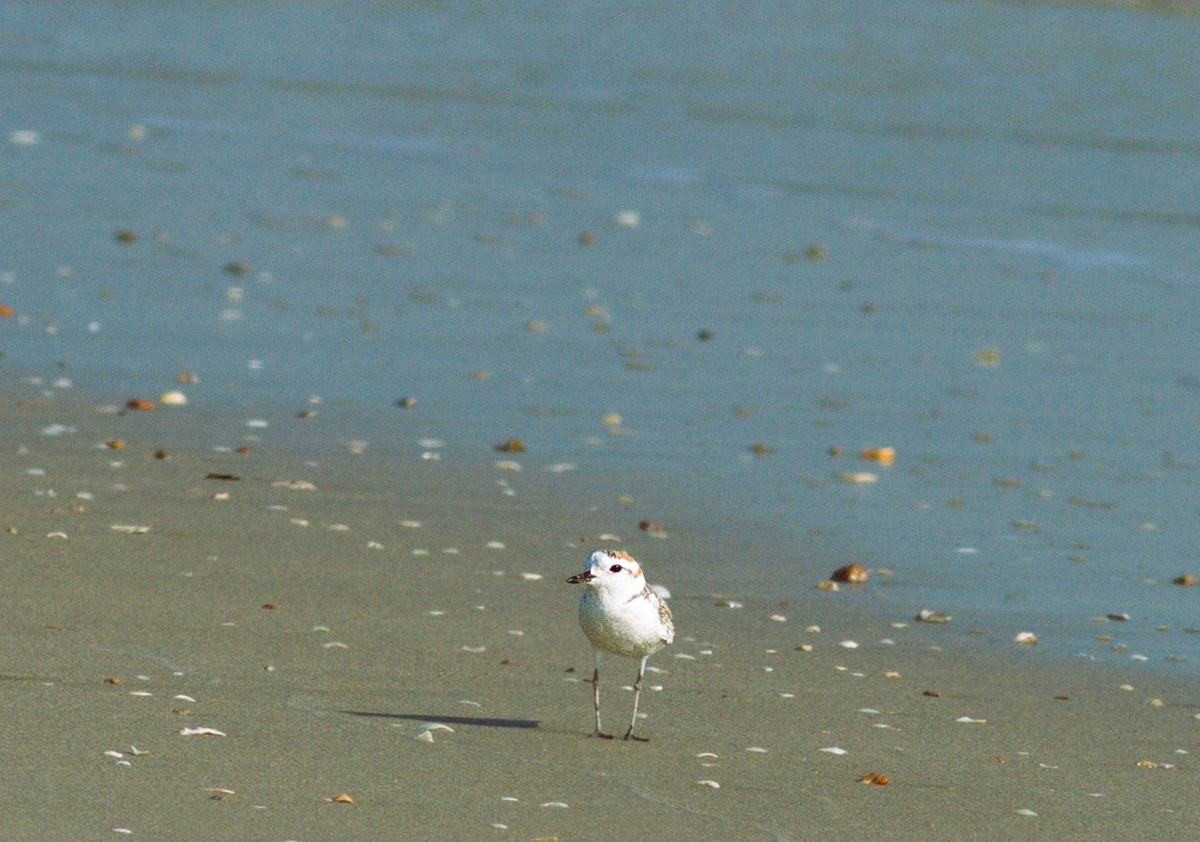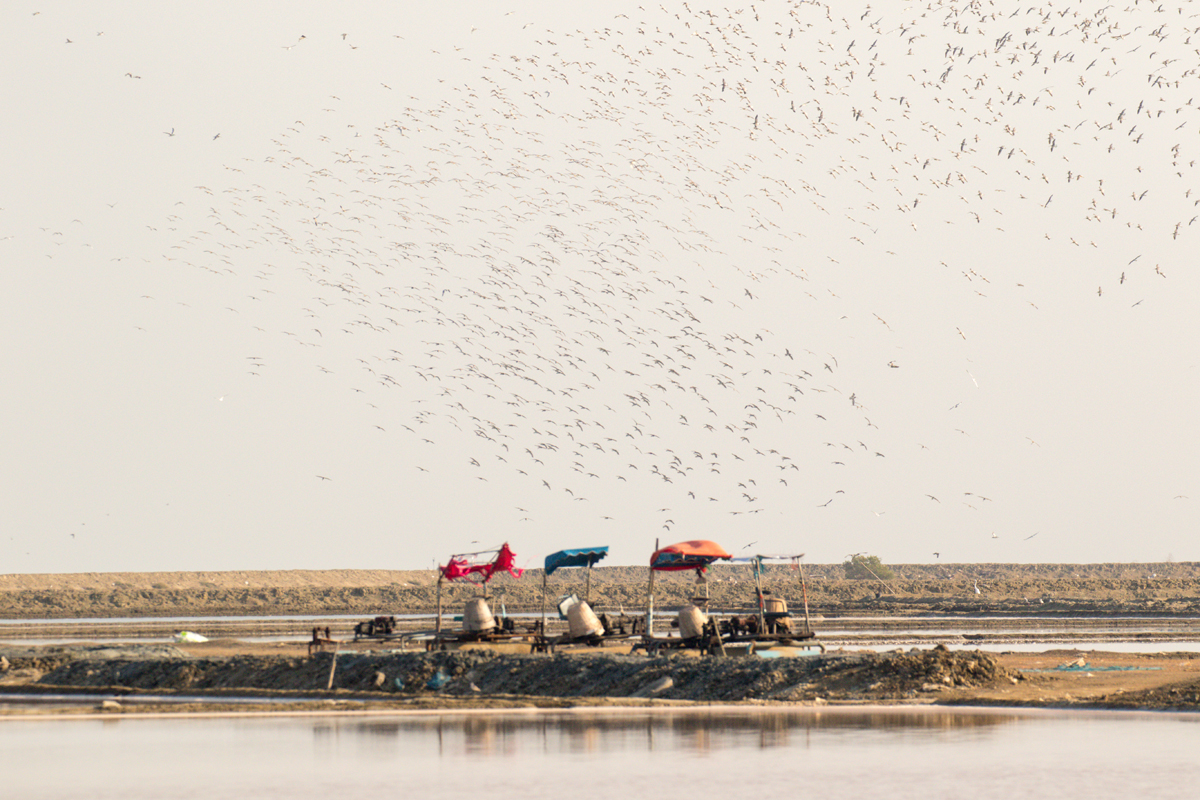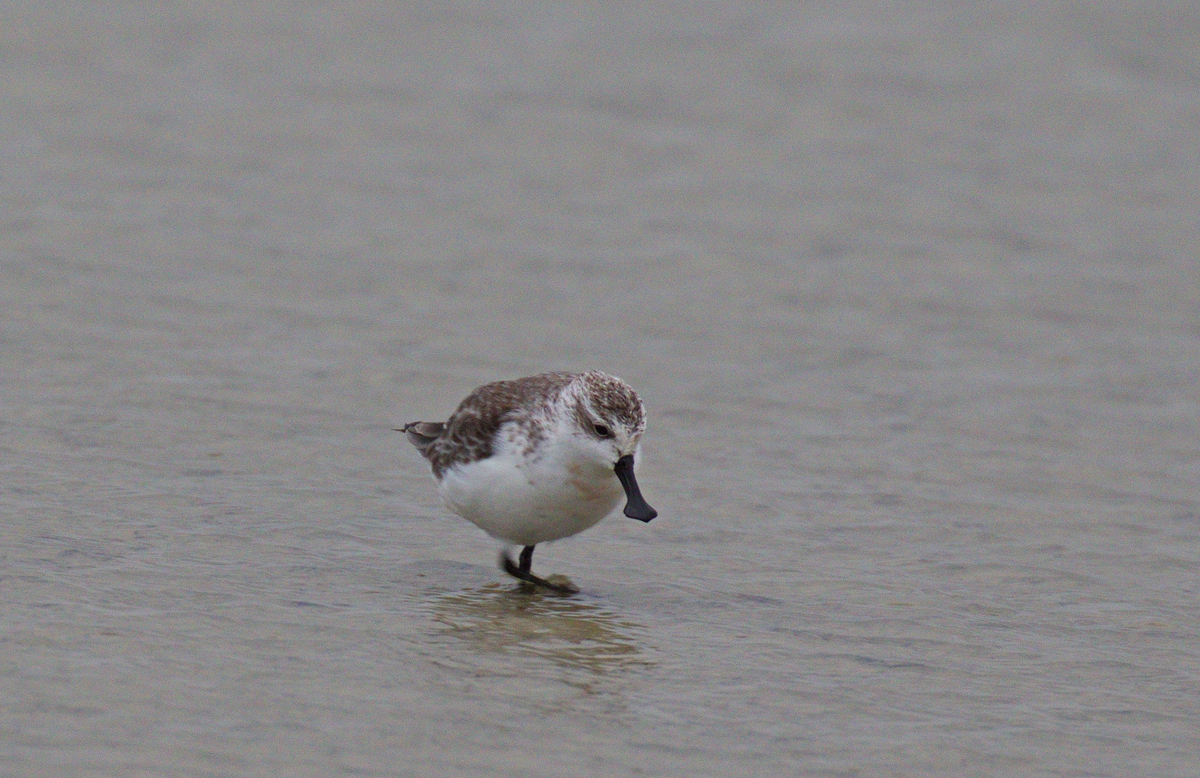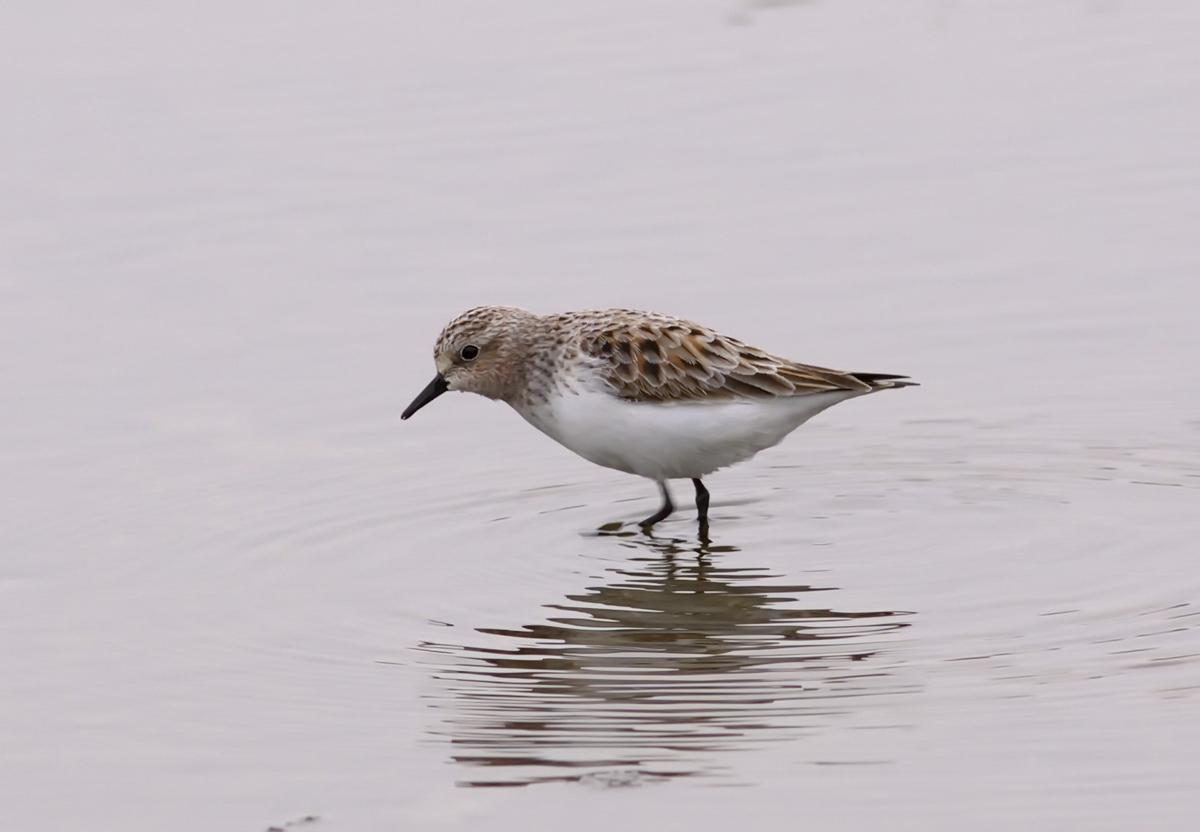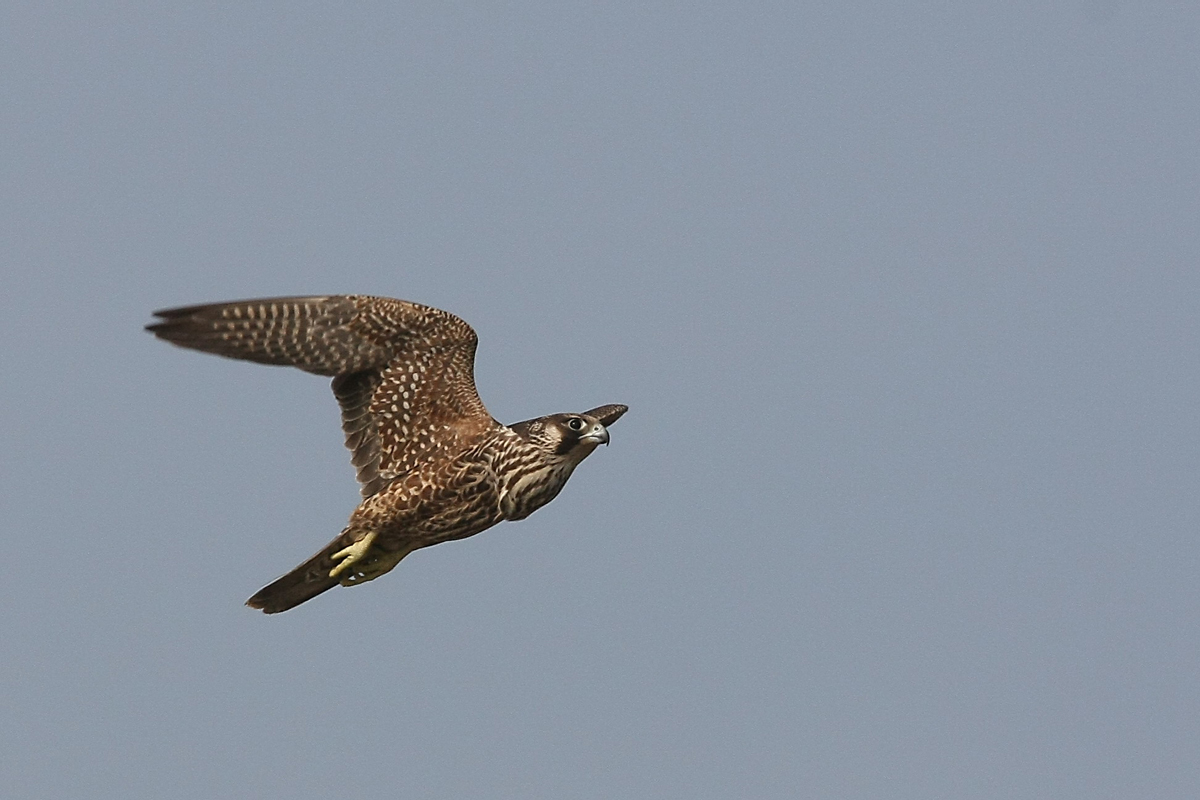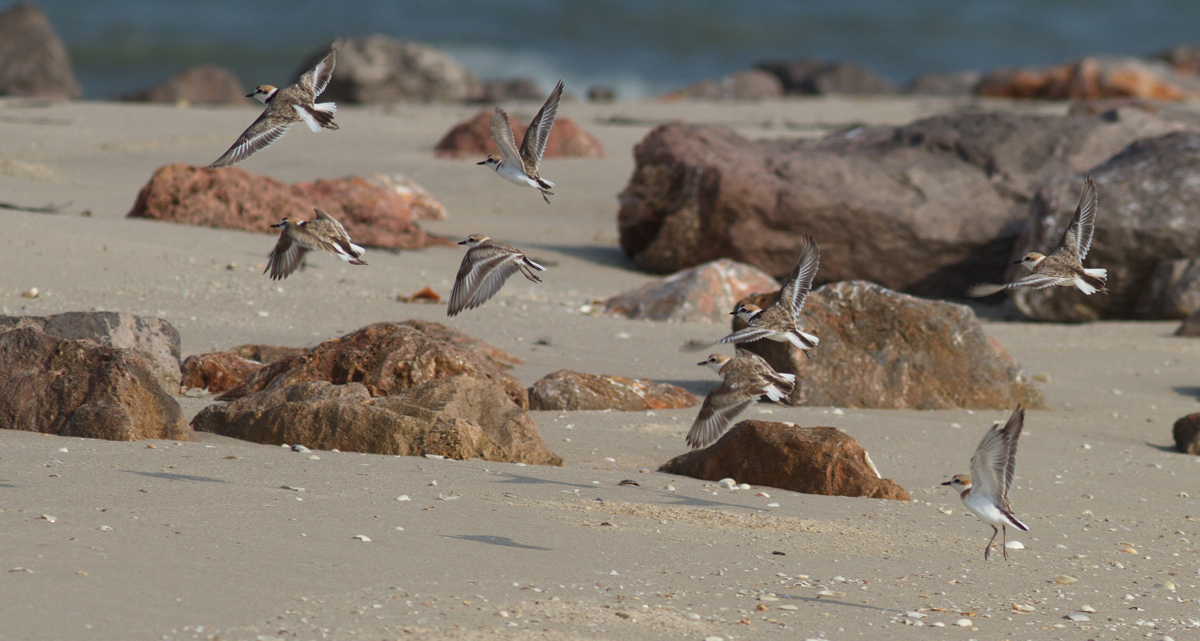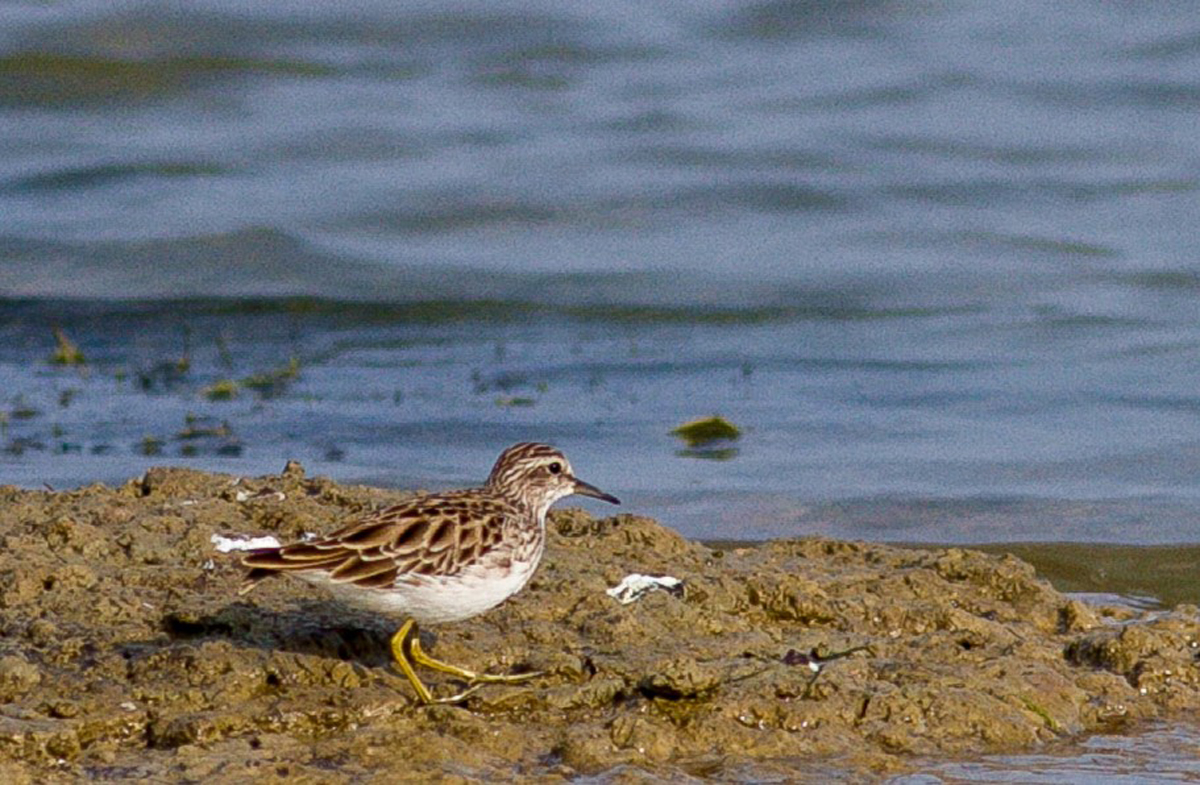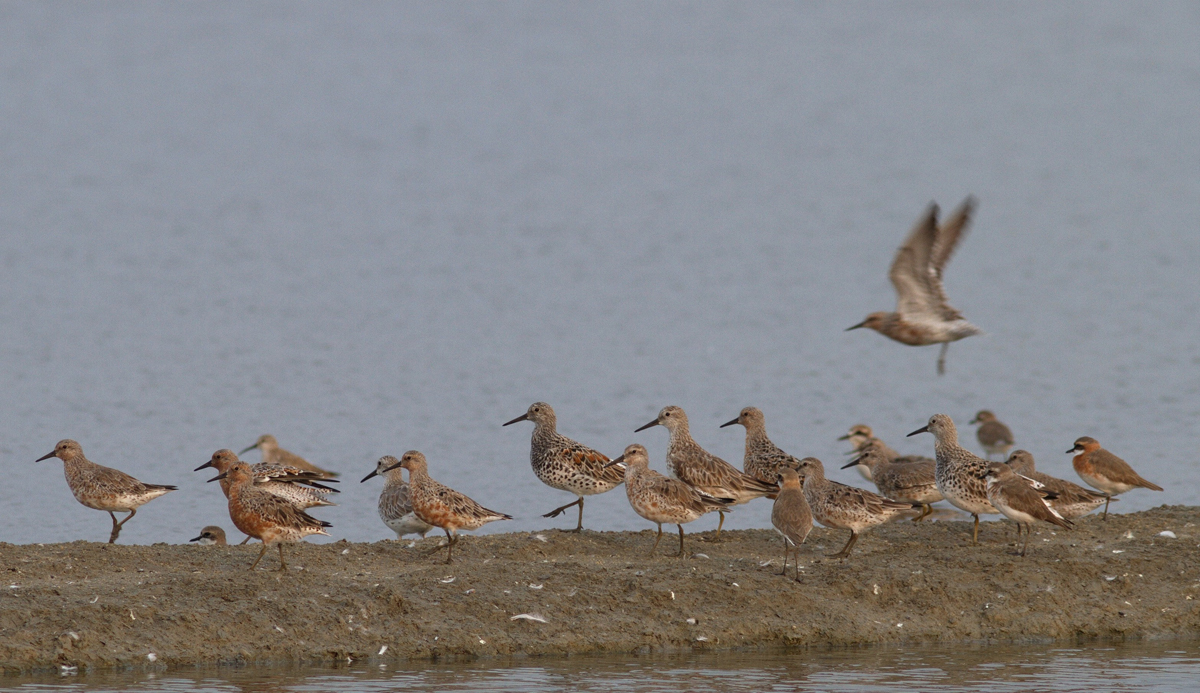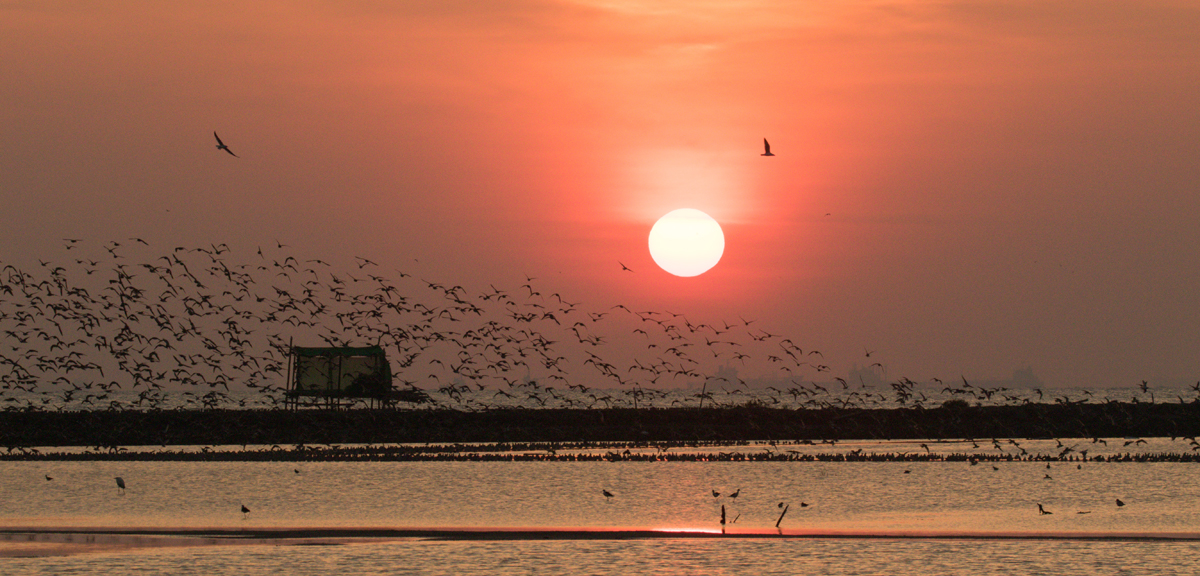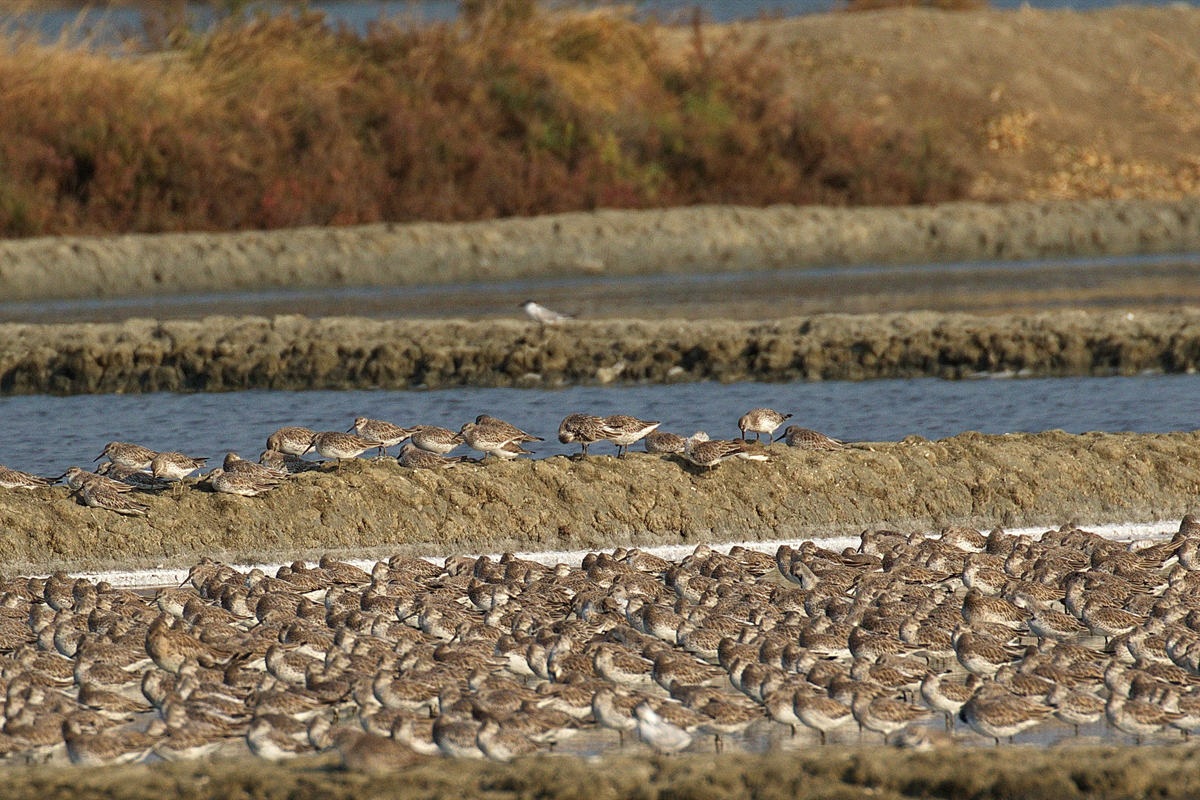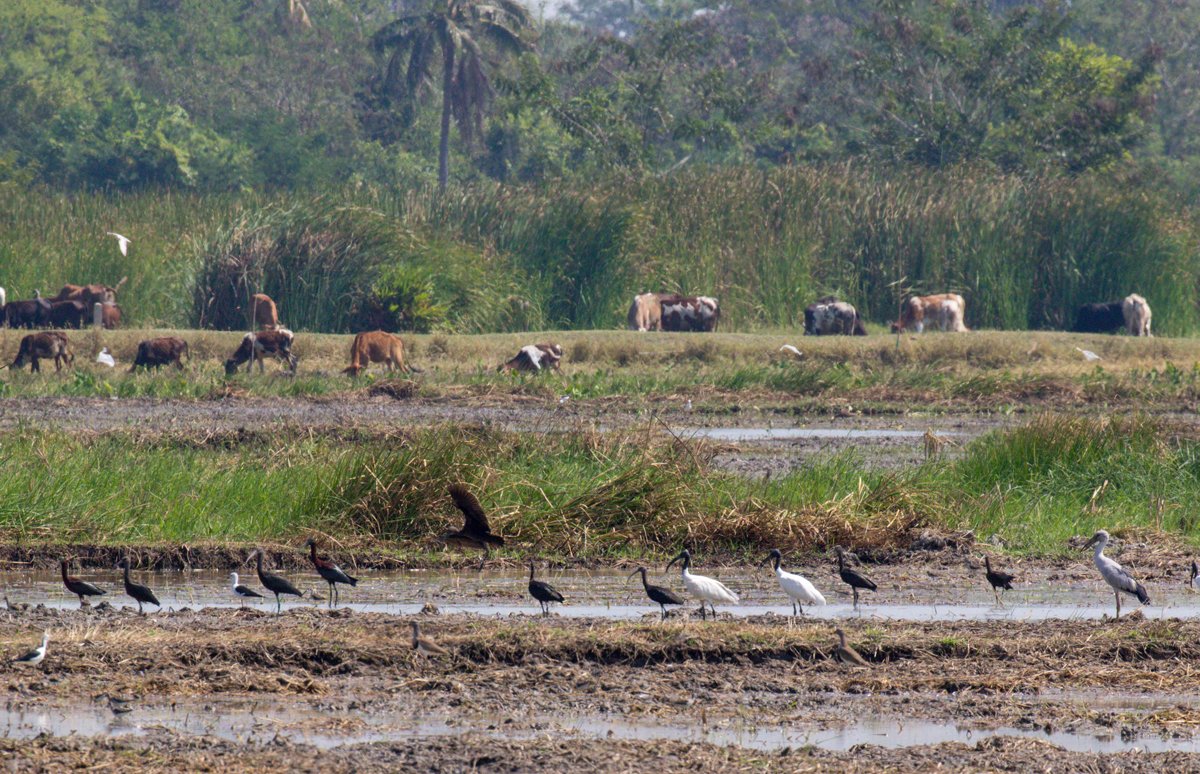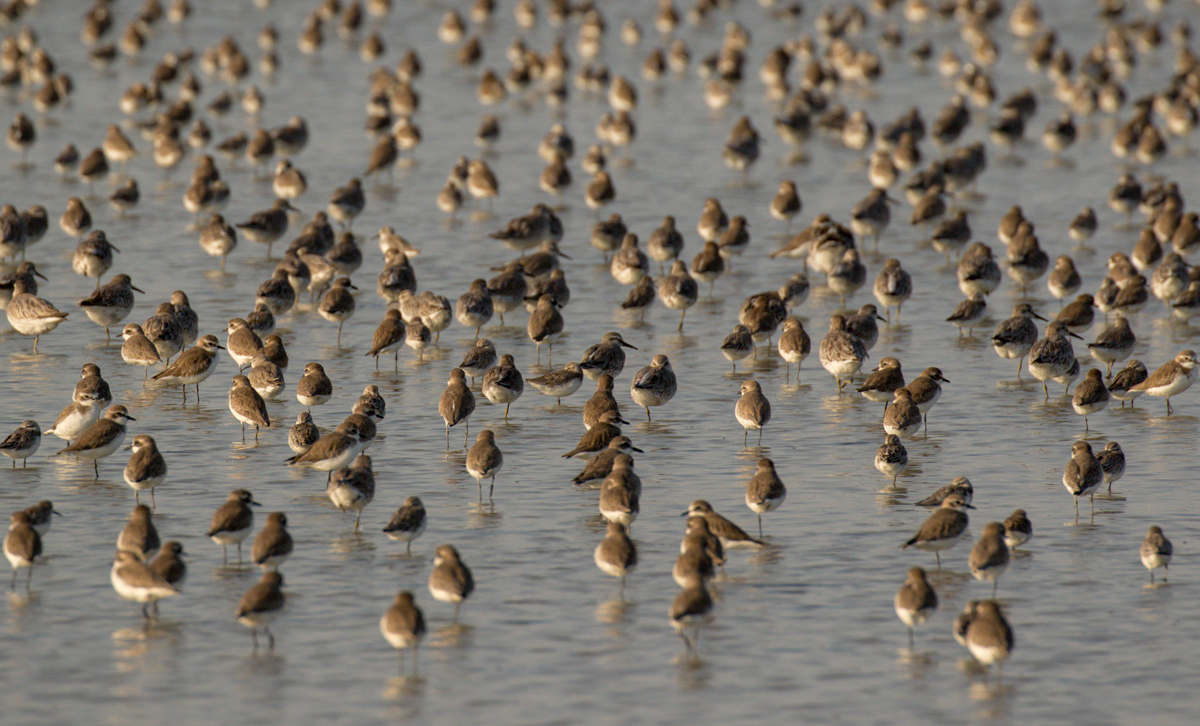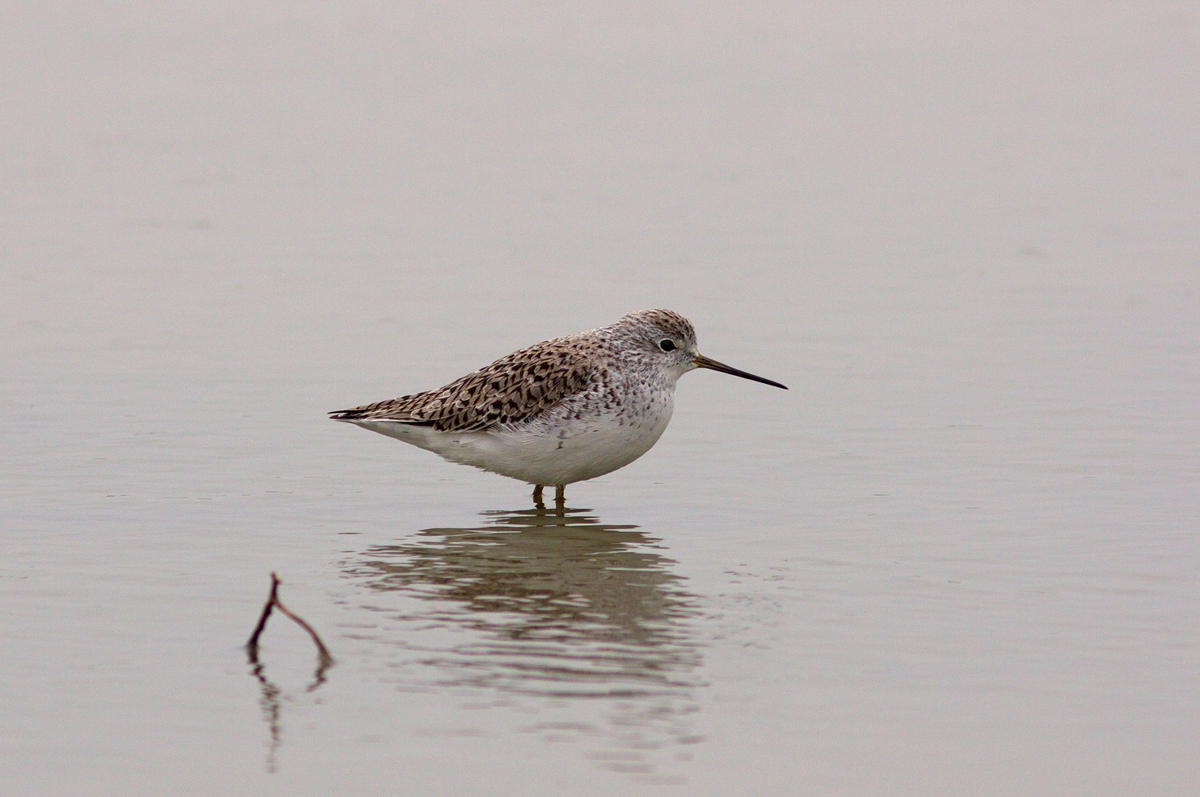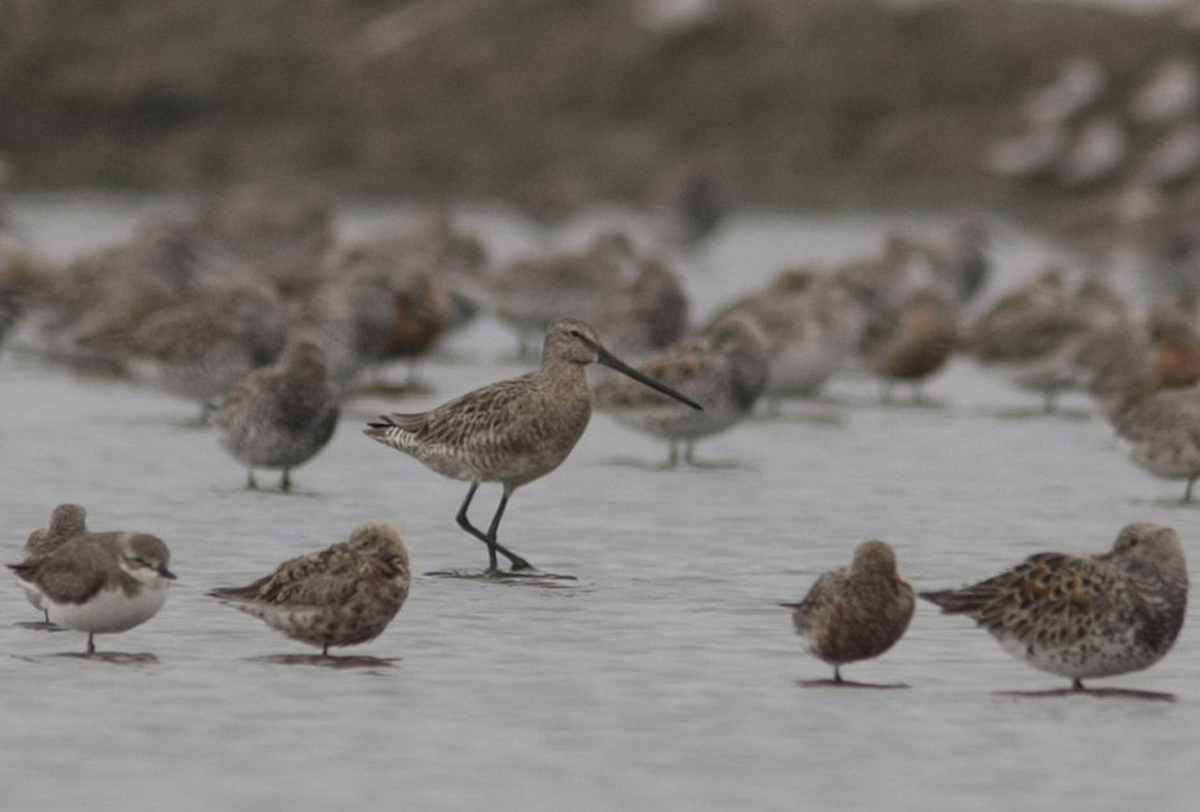Vietnam
1-15 February 2026
+ extra days in Thailand – 16-18 February
Vietnam
1-15 February 2026
+ extra days in Thailand – 16-18 February
1-15 February 2026
+ extra days in Thailand – 16-18 February
Price: 49.200 SEK per person (excluding airfare)
Single room supplement: 5,600 SEK per person
Price for extra days: 8,500 SEK per person
Pheasants, Pittas, and Laughing Thrushes in one of Asia’s most exciting countries
Pheasants, Pittas, and Laughing Thrushes in one of Asia’s most exciting countries
In recent years, Vietnam has established itself as one of Asia’s true hotspots for international birdwatching, compared to other, more traditional birdwatching destinations such as Sri Lanka, Thailand, and Malaysia.
There are probably several reasons for this. It is still relatively inexpensive to visit the country, and it may come as a surprise, but Vietnam has more endemic bird species than any other Southeast Asian country – 19 species are found only here, and an additional 39 are shared with neighboring Laos and Cambodia. One of these endemics, the Grey-crowned Crocias, was actually discovered by a Swede, Bertil Björkegren, who made two trips to the country just before World War II broke out and collected birds for the Swedish Museum of Natural History. Several delightful Galliformes, Pittas, Laughing Thrushes, Barbets, and Broadbills are among the attractions in Vietnam, as well as the chance to see ”Siberian rarities” in their wintering grounds, such as the Siberian Blue Robin, Siberian Rubythroat, and the Eyebrowed Thrush. Many of them can be observed from hides with good photo opportunities.
Several delightful Galliformes, Pittas, Laughing Thrushes, Barbets, and Broadbills are among the attractions in Vietnam, as well as the chance to see ”Siberian rarities” in their wintering grounds
Several delightful Galliformes, Pittas, Laughing Thrushes, Barbets, and Broadbills are among the attractions in Vietnam, as well as the chance to see ”Siberian rarities” in their wintering grounds
Extradays in Thailand 10-13 December 2024
You’re invited to book a wildlife trip with us!
Whether you choose to travel with us to a distant land or to photograph eagles from a photo hide, you can rest assured that we:
